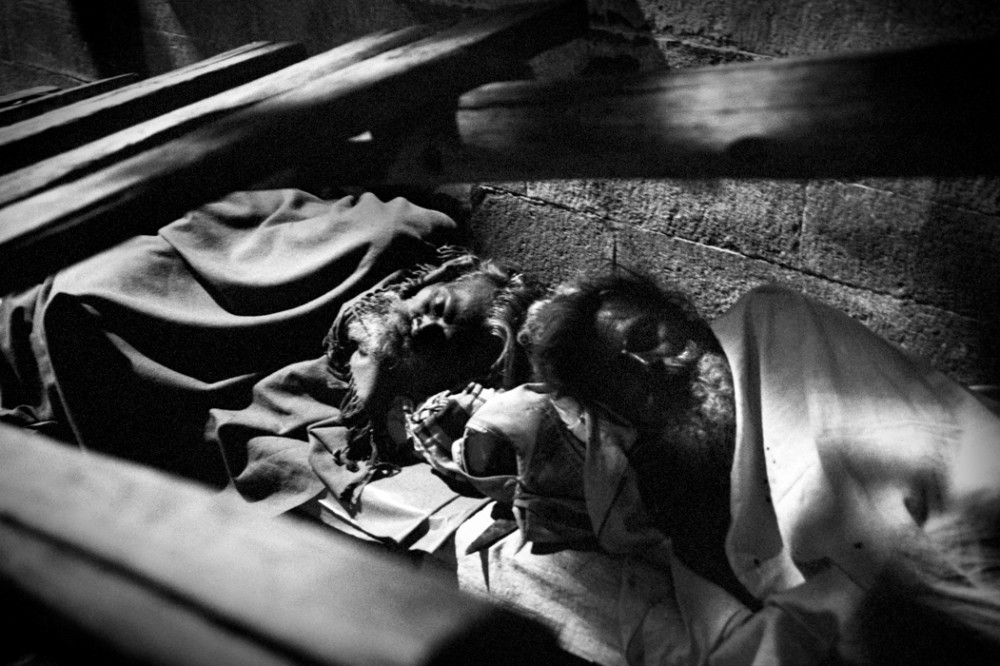In the year 2001, around seventy million people from around the world participated in the largest religious gathering on earth, the Maha Kumbh Mela, at the holy city of Allahabad in India. I was there and it changed my life.
The experience shook me to the core, less by the magnitude, more so by the sheer faith of millions of Hindus in the power of water in holy rivers, being able to wash off their accumulated sins from various lifetimes and redeem them from the cycle of birth and death forever.
It also marked the beginning of my photographic journey of four years capturing the “act of redemption” in Hindu religion against the background of several Hindu-bathing festivals.
The Kumbh Mela is the biggest of hundreds of bathing festivals in India and is considered the most sacred of all the Hindu pilgrimages. Millions of people and thousands of priests, saints and sadhus attend it on a single day. The major event of this festival is a ritual bath at the banks of Holy River. Other activities include religious discussions, devotional singing, mass feeding of holy men, women and poor, carnivals and cremation of the dead next to the holy river.
Area within a three to seven kilometer periphery becomes a showcase of all facets of life from birth to salvation. The gods of redemption sit in big temples in control of mighty priests; these are the gods that need to be pleased to ensure a place in heaven. The gods of the poor, however, are scattered everywhere and have no shame even in sitting alongside the beggars. Without asking for anything in return, they help their sinners to reach out to the gods of heaven. Along with cows and eunuchs, who hold a very special place in Hindu religion as being sacred and possessing divine powers, they stand silently as if awaiting redemption themselves.
Significance of major elements in the pictures:
Cows: Ancient Hindu scriptures identify the cow as “Mother of all civilization”, its milk nurturing the population. The five products of the cow; milk, curd, ghee/butter, urine and dung – are all used in Puja (Worship) as well as in rites of extreme penance.
Eunuchs- the third sex: With reference to traditional Hinduism, the god is seen as ardhnarishwar (half male and half female) and position of eunuchs as both male and female gave them a semi-divine status with the power to bless as well as curse. Their blessings are believed to bear children in sterile women.
Black dog- shadow of death: It is believed that the black dog is a messenger of Yama, the angel of death. Dogs in general are also supposed to guard the gates of heaven according to Hindu mythology.
Street-side and begging gods: They are the product of distortion and commercialization of Hindu religion. These gods are creation of money mongrels pretending to be priests and monks, in order to prey on the god-fearing mentality of sinners.
The title “sinners” has been used as a paradox to aim at the rapidly increasing corruption in Hindu religion and the politician-priest nexus preying on the underdog devotee Hindus by inducing “fear of god” and objectifying gods and goddesses in tune with their viciously lucrative monetary interests.




















Bio:
Neeraj Mahajan is a photographer based in Gurgaon.
